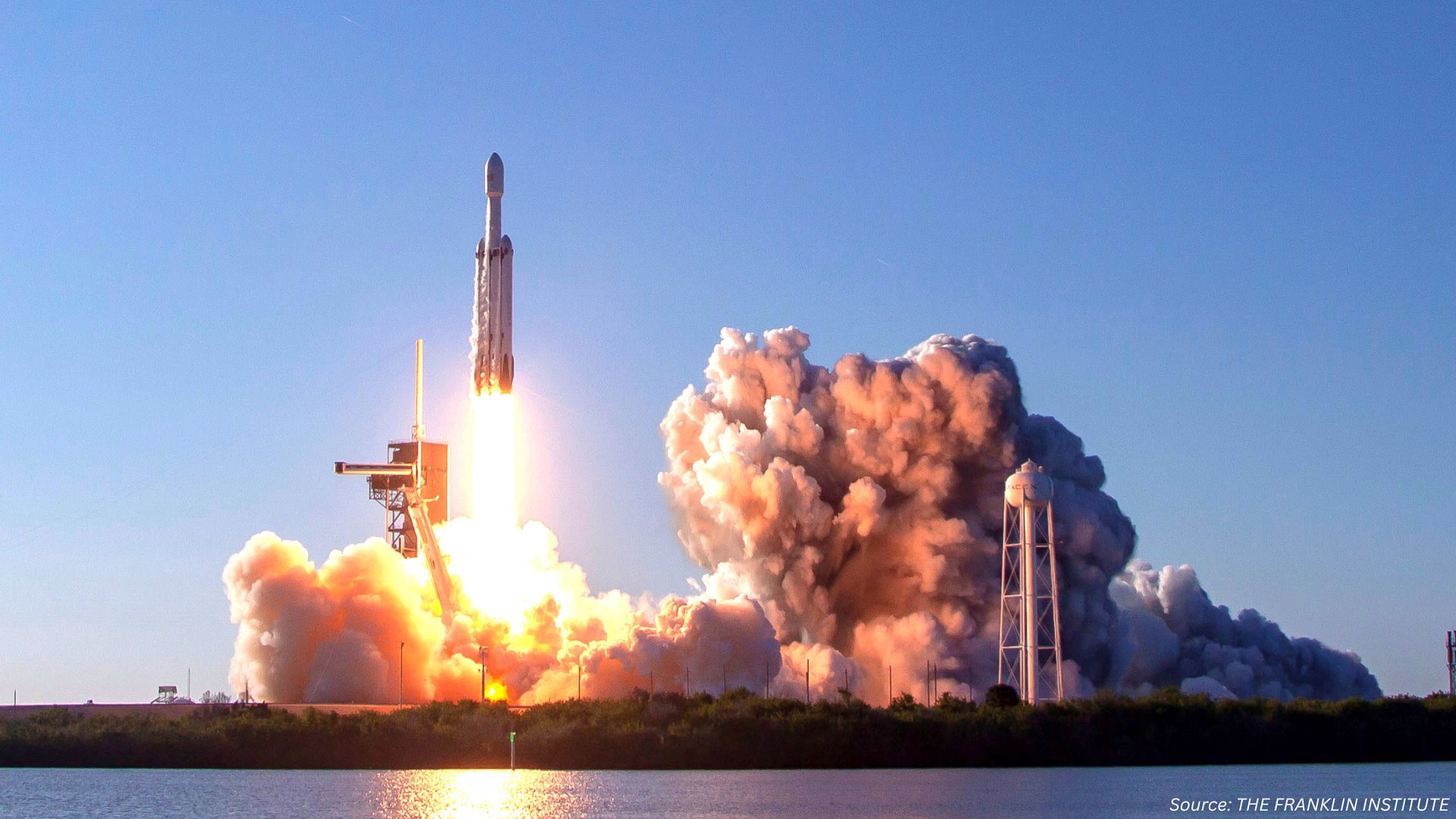
Satellite Internet Market by Frequency Band (L-band (< 2 GHz), C-band (4–8 GHz), Ku-band (12–18 GHz), Ka-band (27–40 GHz), and Other Bands), by Orbit Type (Low Earth Orbit (LEO), Medium Earth Orbit (MEO), and Geostationary Earth Orbit (GEO)), by Bandwidth/Throughput Per Terminal (Low (<50 Mbps), Medium (50–300 Mbps), and High (>300 Mbps)), and by Application (Residential/Home broadband, Business/Enterprise, and Others) – Global Opportunity Analysis and Industry Forecast 2024-2030
Satellite Internet Market Overview
The global Satellite Internet Market size was valued at USD 6.01 billion in 2023 and is predicted to reach USD 23.46 billion by 2030 with a CAGR of 21.8% from 2024-2030.
The satellite internet industry also known as satellite broadband industry provides high-speed internet connectivity via satellites to enterprises, organizations, and governmental bodies, particularly in areas lacking traditional terrestrial infrastructure. Key components include satellite operators, service providers, ground equipment manufacturers, launch service providers, and regulatory bodies.
This industry ensures reliable, high-speed connectivity in remote locations, supports business continuity during terrestrial network outages, and facilitates large-scale data transmission for critical applications in sectors such as oil and gas, maritime, and military operations. These advantages make satellite internet an essential communication solution for businesses requiring robust and resilient connectivity.
Market Dynamics and Trends
Increasing demand for high-speed internet in remote areas, where traditional terrestrial infrastructure is insufficient or nonexistent, is driving the growth of the satellite internet market. This demand arises from the need for reliable connectivity to access essential online services, participate in the digital economy, and maintain connections with the rest of the world.
As per the report published by International Telecommunication Union (ITU), there are approximately 5.44 billion internet users worldwide, representing about 67.1% of the global population in the year of 2024. This figure marks an increase of 167 million users over the past year, reflecting a growth rate of 3.4% annually.
Also, rising adoption of satellite internet in the maritime and aviation industries is driven by the need for constant and reliable connectivity for navigation, communication, passenger services, and real-time data exchange. Satellite technology enables ships and airplanes to maintain seamless communication, navigation, and data exchange even when operating far from terrestrial networks.
For instance, in March 2024, Elcome International LLC launched a new satellite internet service called WELCOME, powered by Starlink, aimed at ships and offshore installations globally. This internet service offers high-speed, low-latency internet access without fixed monthly fees, making it accessible for crew and passengers.
However, high initial investment costs for deploying satellite infrastructure are restraining the growth of the market. On the contrary, integration of quantum communication technologies for satellites presents a significant future growth opportunity for the market. This offers highly secure data transmission, that address growing security concerns and make satellite internet more appealing for critical applications in sectors such as defense, finance, and government.
For example, in March 2023, China is evolving its quantum satellite capabilities with the development of a constellation aimed at enhancing secure internet communications. This initiative includes the successful launch of the Jinan-1 satellite that serves as a testbed for Quantum Key Distribution (QKD) technology which is crucial for enabling unbackable data transmission.
Market Segmentation and Scope of Study
The satellite internet market report is divided on the basis of service type, frequency band, industry vertical and region. On the basis of service type, the market is divided into broadband internet services, managed network services, mobile satellite services (MSS), and other service types. On the basis of orbit deployment, the market is classified into geostationary earth orbit (GEO), medium earth orbit (MEO), and low earth orbit (LEO).
On the basis of frequency band, the market is categorized into L-band, C-band, K-band, and X-band. On the basis of industry vertical, the market is classified into residential, commercial, and industrial. The industrial segment is sub-divided into logistics, healthcare, oil and gas, aerospace and defence, maritime, transport, education, BFSI, e-commerce and other industries. Regional breakdown and analysis of each of the aforesaid segments includes regions comprising of North America, Europe, Asia-Pacific, and RoW.
Geographical Analysis
North America holds the dominating in satellite internet market share at present and is expected to continue its dominance throughout the forecast period. This is attributed to the rising advancements in satellite technology, particularly the deployment of Low Earth Orbit (LEO) satellite constellations that significantly reduce latency and improve connectivity in remote areas.
For instance, in April 2024, Zero Outages launched a bundled Low Earth Orbit (LEO) satellite network that integrates internet security to enhance connectivity and cybersecurity for businesses. This innovative solution aims to provide reliable internet access and robust protection, particularly for organizations in areas with limited connectivity options.
Also, the leading companies are adopting various business strategies including innovative launches which in turn is boosting the satellite internet market growth. For instance, in August 2023, Amazon launched its two prototype satellites known as Kuipersat-1 and Kuipersat-2, as part of Project Kuiper that aims to provide internet coverage within the region and globally. The company plans to deploy over 3,200 satellites by 2029 to compete with established players such as SpaceX's Starlink, while also addressing concerns about space debris and light pollution.
On the other hand, Asis-Pacific is the fastest growing region in the satellite internet industry due to the increasing satellite internet market demand for advanced satellite technology and data services. For instance, in August 2024, China launched 18 low-Earth-orbit satellites to establish its own broadband internet network, similar to the US-based Starlink system. The satellites were developed by a state-owned enterprise and sent into space from the Taiyuan Satellite Launch Centre.
Moreover, increasing adoption of low earth orbit (LEO) satellite constellations that enhance global broadband coverage and reduce latency compared to traditional geostationary satellites drives the market. This technological advancement is crucial as it addresses connectivity challenges in remote and underserved areas.
For example, in February 2024, Japanese telecom companies are leveraging the capabilities of low earth orbit (LEO) satellites to advance satellite-to-phone communication services, with Rakuten Mobile planning a nationwide voice service by 2026. This strategic shift towards LEO technology not only promises to improve communication reliability but also positions Japan at the forefront of the evolving satellite internet market.
Competitive Landscape
Various key players in the satellite internet industry includes Starlink (SpaceX), Eutelsat OneWeb (Eutelsat Group), SES S.A. (incl. Intelsat), EchoStar Corp. (HughesNet), Viasat Inc. (incl. Inmarsat), Iridium Communications, Yahsat / YahClick, Avanti Communications, Kacific Broadband Satellites, Thuraya IP (Thuraya), among others. These companies are opting various strategies such as business expansion and product launch to maintain their dominance in the global market.
For instance, in August 2024, Viasat Inc. (incl. Inmarsat) launched its latest satellite that aims to provide high-speed internet access to remote areas, addressing the connectivity challenges faced by communities in the Arctic region. The new satellite enables Viasat to expand its coverage, improve service quality, and support various applications, including government, commercial, and maritime operations in the region.
Also, in May 2024, Starlink (SpaceX) expanded its business reach in Indonesia with the launch of satellite internet within the region. This aims to provide heightened internet service for remote health clinics and education. Moreover, in July 2024, Eutelsat OneWeb launched its commercial satellite broadband services in India after securing the necessary licenses from the Department of Telecommunications (DoT) and other regulatory bodies. The company aims to provide satellite broadband solutions to enterprises, government agencies, and defense sectors.
Key Benefits
-
The report provides quantitative analysis and estimations of the satellite internet market from 2024 to 2030, which assists in identifying the prevailing market opportunities.
-
The study comprises a deep-dive analysis of the current and future satellite internet market trends to depict prevalent investment pockets in the industry.
-
Information related to key drivers, restraints, and opportunities and their impact on the satellite internet market is provided in the report.
-
Competitive analysis of the players, along with their market share is provided in the report.
-
SWOT analysis and Porters Five Forces model is elaborated in the study.
-
Value chain analysis in the market study provides a clear picture of roles of stakeholders.
Satellite Internet Market Key Segments
By Frequency Band
-
L-band (< 2 GHz)
-
C-band (4–8 GHz)
-
Ku-band (12–18 GHz)
-
Ka-band (27–40 GHz)
-
Other Bands
By Orbit Type
-
Low Earth Orbit (LEO)
-
Medium Earth Orbit (MEO)
-
Geostationary Earth Orbit (GEO)
By Bandwidth/Throughput Per Terminal
-
Low (<50 Mbps)
-
Medium (50–300 Mbps)
-
High (>300 Mbps)
By Application
-
Residential/Home broadband
-
Business/Enterprise
-
Government/Defense networks
-
Mobility
-
Maritime
-
Aviation
-
By Region
-
North America
-
The U.S.
-
Canada
-
Mexico
-
-
Europe
-
The UK
-
Germany
-
France
-
Italy
-
Spain
-
Denmark
-
Netherlands
-
Finland
-
Sweden
-
Norway
-
Russia
-
Rest of Europe
-
-
Asia-Pacific
-
China
-
Japan
-
India
-
South Korea
-
Australia
-
Indonesia
-
Singapore
-
Taiwan
-
Thailand
-
Rest of Asia-Pacific
-
-
Rest of the World
-
Latin America
-
Middle East
-
Africa
-
Key Players
-
Starlink (SpaceX)
-
Eutelsat OneWeb (Eutelsat Group)
-
SES S.A. (incl. Intelsat)
-
EchoStar Corp. (HughesNet)
-
Viasat Inc. (incl. Inmarsat)
-
Iridium Communications
-
Yahsat / YahClick
-
Avanti Communications
-
Kacific Broadband Satellites
-
Thuraya IP (Thuraya)
REPORT SCOPE AND SEGMENTATION:
|
Parameters |
Details |
|
Market Size in 2023 |
USD 6.01 Billion |
|
Revenue Forecast in 2030 |
USD 23.46 Billion |
|
Growth Rate |
CAGR of 21.8% from 2024 to 2030 |
|
Analysis Period |
2023–2030 |
|
Base Year Considered |
2023 |
|
Forecast Period |
2024–2030 |
|
Market Size Estimation |
Billion (USD) |
|
Growth Factors |
|
|
Countries Covered |
28 |
|
Companies Profiled |
10 |
|
Market Share |
Available for 10 companies |
|
Customization Scope |
Free customization (equivalent to up to 80 working hours of analysts) after purchase. Addition or alteration to country, regional, and segment scope. |
|
Pricing and Purchase Options |
Avail customized purchase options to meet your exact research needs. |




















 Speak to Our Analyst
Speak to Our Analyst
























